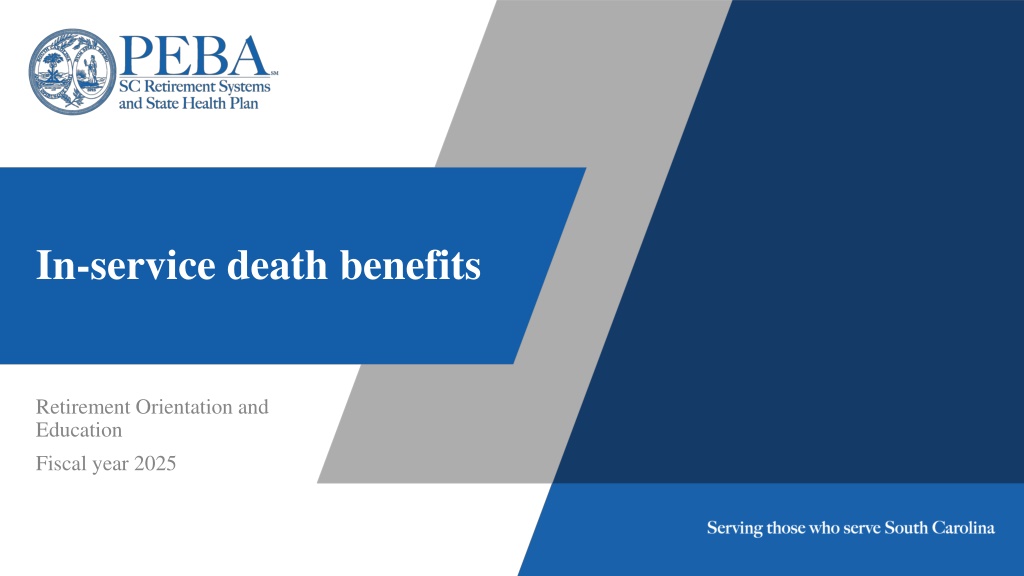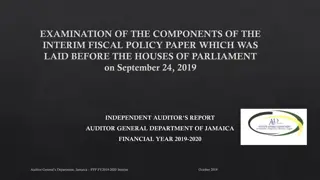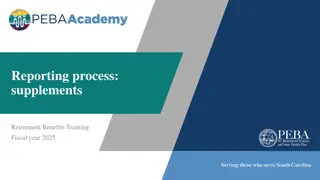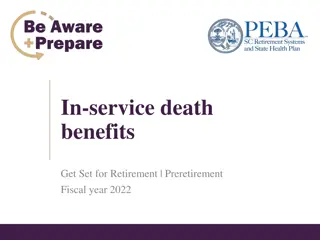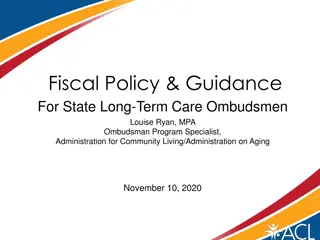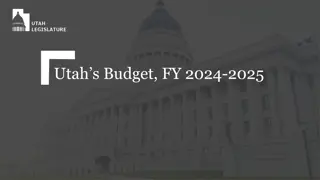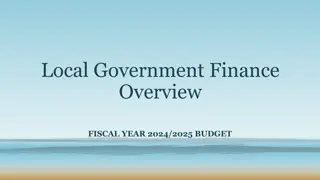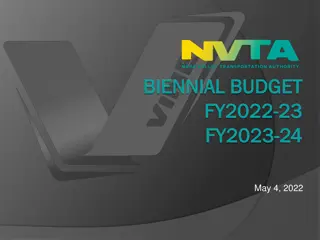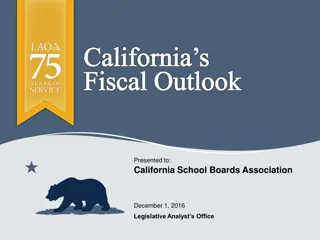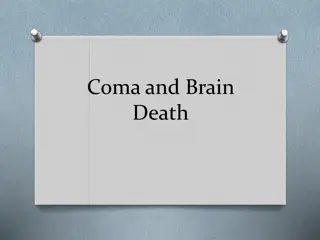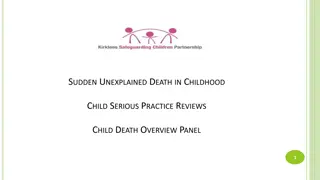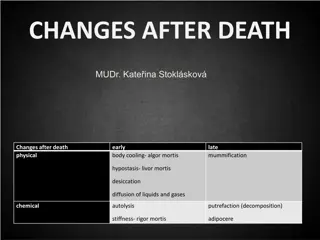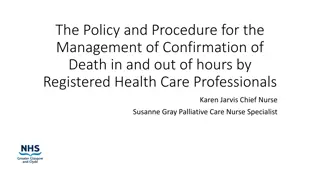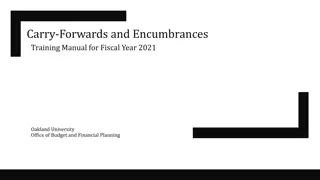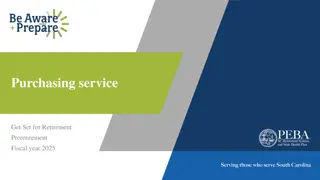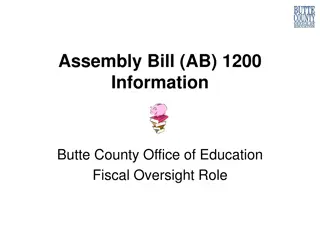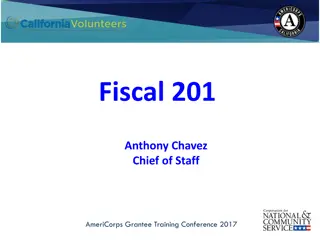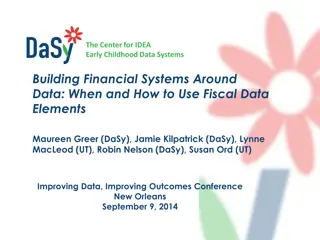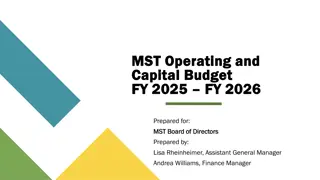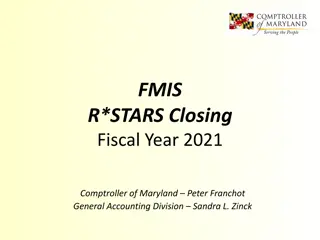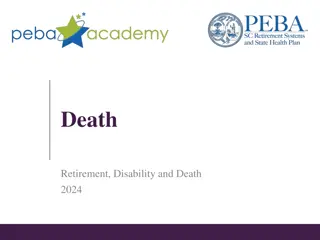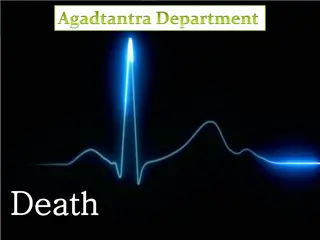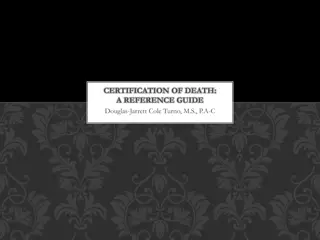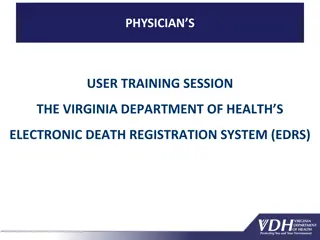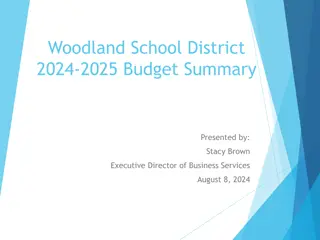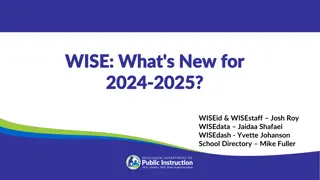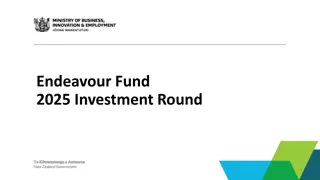Understanding Death Benefits for Active Members in Fiscal Year 2025
This presentation focuses on the eligibility requirements and plan provisions for Class Three members regarding in-service death benefits, retirement, and education in the fiscal year 2025. It covers topics such as refunds of contributions or monthly benefits, active member incidental death benefits, and first responder death benefits and payments.
Download Presentation

Please find below an Image/Link to download the presentation.
The content on the website is provided AS IS for your information and personal use only. It may not be sold, licensed, or shared on other websites without obtaining consent from the author. Download presentation by click this link. If you encounter any issues during the download, it is possible that the publisher has removed the file from their server.
E N D
Presentation Transcript
In-service death benefits Retirement Orientation and Education Fiscal year 2025
Intended audience This presentation is focused on the eligibility requirements and plan provisions for Class Three members. Class Three members are those whose earned service began on or after July 1, 2012. Class Two members, those whose earned service began before July 1, 2012, are encouraged to review the summary flyers for Class Two on our Navigating Your Benefits webpage and retirement publications at peba.sc.gov/publications for more information. 2
Refund of contributions or monthly benefit If you die in service as an active member of SCRS or PORS, your beneficiary may be entitled to receive: A refund of your contributions plus the interest earned on your account; or A monthly benefit if you are a Class Three member with at least eight years of earned service credit, and you have either 15 years of total service credit or are at least age 60 (SCRS) or age 55 (PORS) at time of death. 3
Active member incidental death benefit Incidental death benefit coverage is not automatic for all participating employers. Check with your employer to see if it offers this coverage. Must have at least one year of earned service unless death results from job-related injury. A payment equal to your current annual earnable compensation will be paid to your incidental death benefit beneficiary if you die in service. Also applies to return-to-work retirees. 4
First responder death benefit Incidental death benefit program includes an additional line-of- duty death benefit for certain first responders (police, fire, EMS). First responder death benefit pays a one-time, lump sum benefit of $75,000 if your death was a natural and proximate result of an injury by external accident or violence incurred while on duty as a first responder. Benefit increases to $150,000 if you are killed in the line of duty and your death is either the result of an unlawful and intentional act of another person or the result of an accident that occurs: As a result of your response to fresh pursuit; As a result of your response to what is reasonable believed to be an emergency; At the scene of a traffic accident to which you have responded; or While you are enforcing what is reasonably believed to be a traffic law or ordinance. 5
First responder death benefit payments Unless you designated a different beneficiary for this benefit, the benefit is payable as follows: If you have no spouse or child: Benefit is divided equally among surviving parents. If you have no beneficiary, spouse, child or parent: Benefit is paid to your estate. If you have no spouse: Benefit is divided equally among surviving children. If you are married: Spouse receives benefit. 6
PORS Accidental Death Program Coverage is not automatic for all participating employers. Check with your employer to see if it offers this coverage. Provides a survivor benefit if you die as a result of an injury while in the line of duty, without your willful negligence. Paid monthly to surviving spouse if you are married, or to children younger than age 18 if not married, or to parents. 7
State ORP death benefit As a State ORP participant, if you die, the beneficiary you designated with your chosen service provider may be entitled to receive the cash value of your account from your service provider through: Periodic withdrawals; Lump-sum distributions; or Purchase of an annuity with the account balance. Your beneficiary must file a claim with your service provider. 8
Disclaimer This presentation does not constitute a comprehensive or binding representation of the employee benefit programs PEBA administers. The terms and conditions of the employee benefit programs PEBA administers are set out in the applicable statutes and plan documents and are subject to change. Benefits administrators and others chosen by your employer to assist you with your participation in these employee benefit programs are not agents or employees of PEBA and are not authorized to bind PEBA or make representations on behalf of PEBA. Please contact PEBA for the most current information. The language used in this presentation does not create any contractual rights or entitlements for any person. 9
